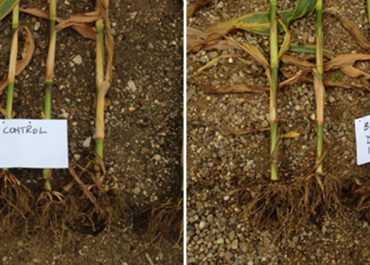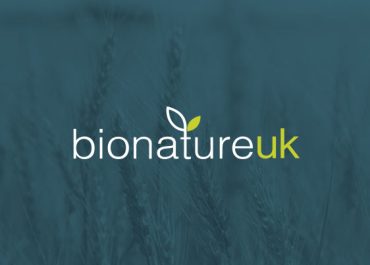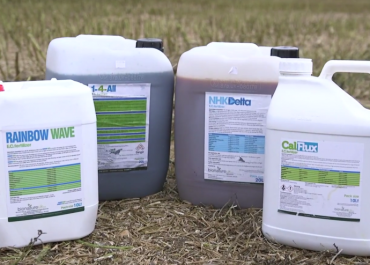Prepare your crop for the hard winter months and give your crop the best chance of recovery after winter by applying Smart Foliar Nutrition – NHDelta and 1-4-ALL
- Poor Nitrogen uptake – NHDelta is a “smart foliar nitrogen” and will get into the plant via the leaf and the roots
- Shallow rooting in water logged soil – NHDelta encourages rooting despite water logging so when it dries out in the spring, the crop will survive better
- Loss of nitrogen through leaching – NHDelta is stabilized and will not readily leach giving the crop vital and quick nutrition at a time when the growing window is closing and other nutrients are being washed through the soil profile.
- Poor nutrition – Environmental stresses such as water logging and the falling temperatures start to impact on the growing crop, 1-4-ALL’s balanced nutrition will give the plant exactly what it needs to grow quickly and healthily
- Poor Nutrient uptake – 1-4-ALL’s Lightning Technology will improve the metabolic activity of the plant and enhance nutrient uptake via roots and the leaf.
- Poor Tillering – NHDelta and 1-4-ALL will encourage tillering in cereals and branching in OSR and will prepare the crop for the long winter
- Weed competition – The crop will compete better when treated with smart fertilizer – NHDelta and 1-4-ALL.
APPLY NOW!
Apply just 5L/ha of NHKDelta and 2L/ha of 1-4-ALL to autumn sown crops, tank mixed with most chemicals for a low cost insurance to maintaining good plant structure. An NHDelta and 1-4-ALL programme must be followed up in the spring to sustain healthy growth.
Bushier more vigorous Rooting encouraged by NHKDelta prepares the crop for the uncertainty on months ahead.
Untreated on left. NHKDelta + 1-4-All treated on right.
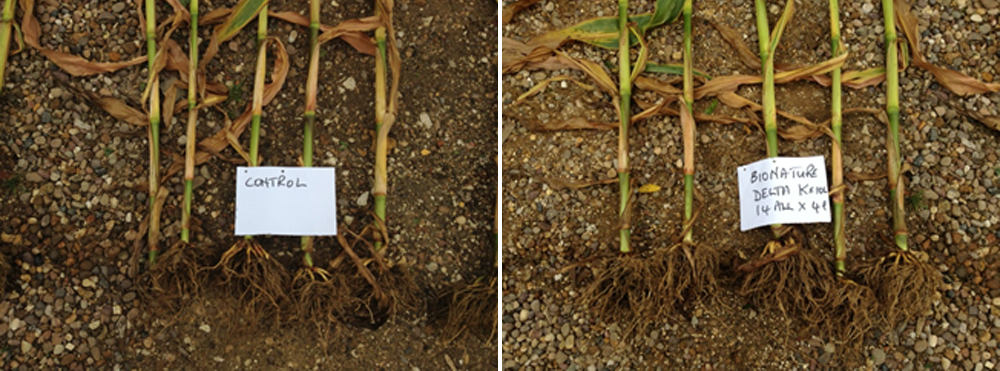
Winter Strawberry plants Treated with NHCaDelta. The plant on the left has recieved Delta treatment and that on the right has not. The picture was taken on the 7th February 2013.

Winter Strawberry plants Treated with NHCaDelta. The plant on the left has recieved Delta treatment and that on the right has not. The picture was taken on the 7th February 2013.

More Tillers and better rooting in the NHDelta and 1-4-ALL treated wheat plants on the bottom row
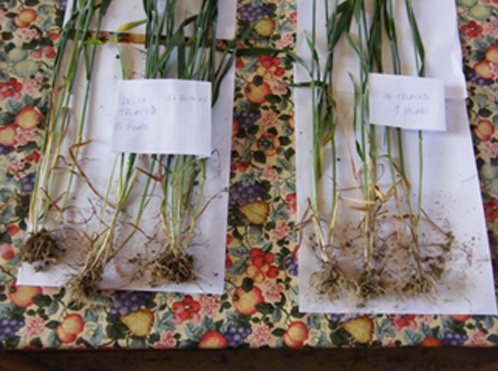
Better Rooting in Barley Plants on the LHS that were treated with NHDelta and 1-4-ALL
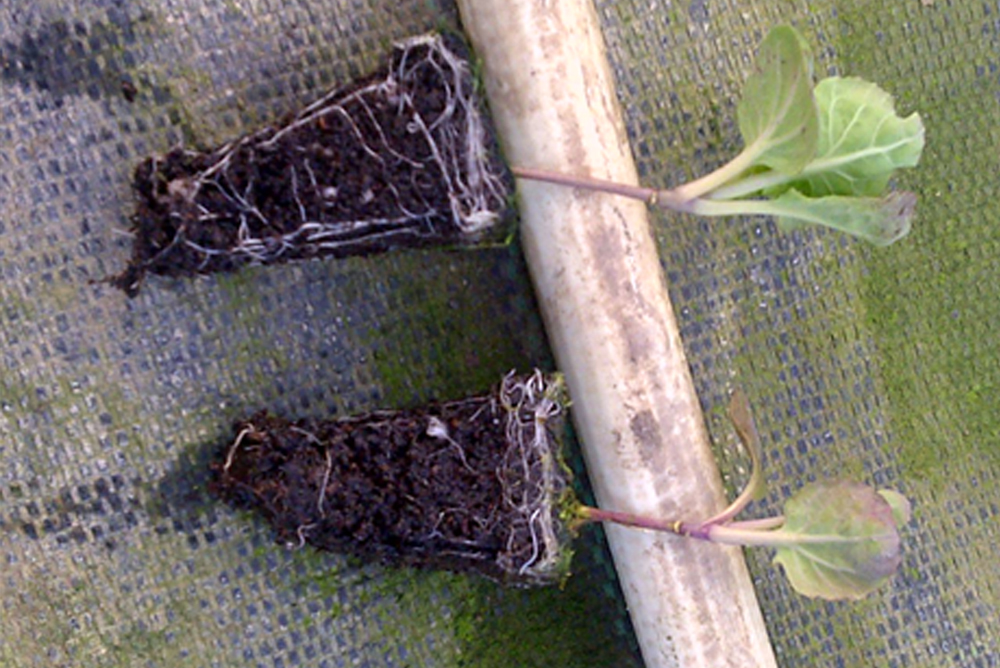
Brassica Plugs at Windy Ridge – NHDelta treated plugs at the top have better roots and stronger leaves.
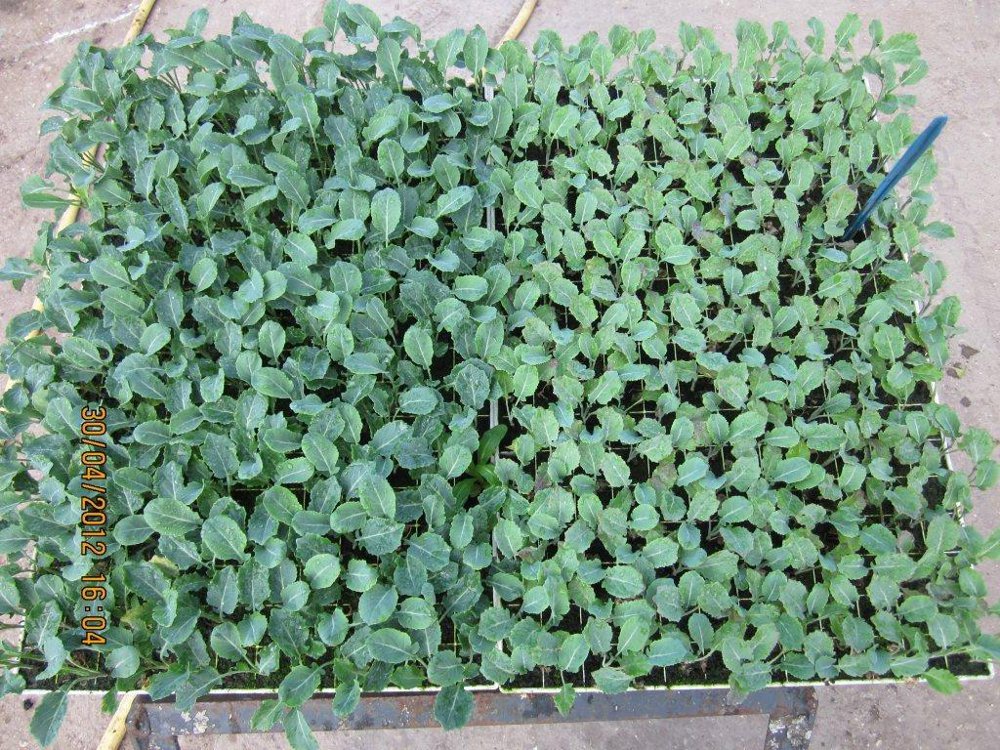
At the end of the NHCa Delta treatment it is clear to see the difference of the treated Brassica plugs on the left and the untreated plugs on the right of the picture. The plugs are healthier and stronger than those plugs that have not been treated and it is obvious that these plugs would handle very well when transplanted. Picture taken on 30th April 2012. Just 6 days after Delta was applied equivalent to 5L/ha
